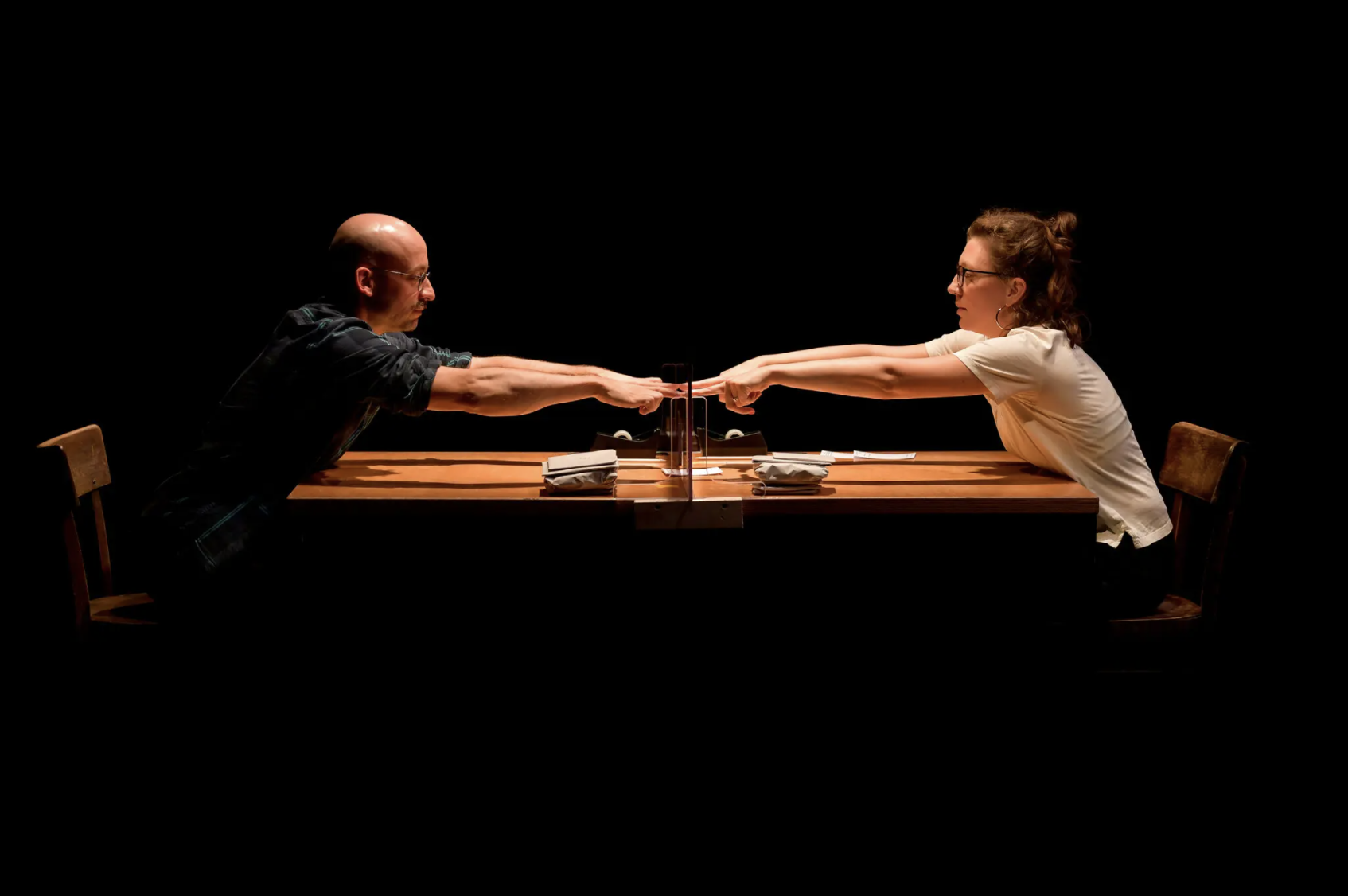No Proscenium’s Arts Editor and experience creator and strategist, Laura Hess, looks at pandemic-era digital productions and their potential impact on participatory theatre.
She argues that:
- There’s an opportunity to evaluate how pandemic-era digital theatre, specifically audio-centric formats, has shepherded audiences into new realms of interactivity and shared creation.
- Compared to screen-based shows, audio-only intimacy is accompanied by a limitless quality, a dreamscape of possibility.
- Some iterative forms of co-creation, with participants shaping the show’s progression, induced a different type of pandemic-era intimacy and empathy.
- Without physical limitations, digital experiences offer wider possibilities for how far iterations, and their effects, can go.
- Remote experiences opened up geographical markets and audience bases for many creators. As pathways for communities evolved, so did audience interaction.
- There are opportunities for in-person, physical experiences to further explore the specific psychological safety that anonymous intimacy cultivates.
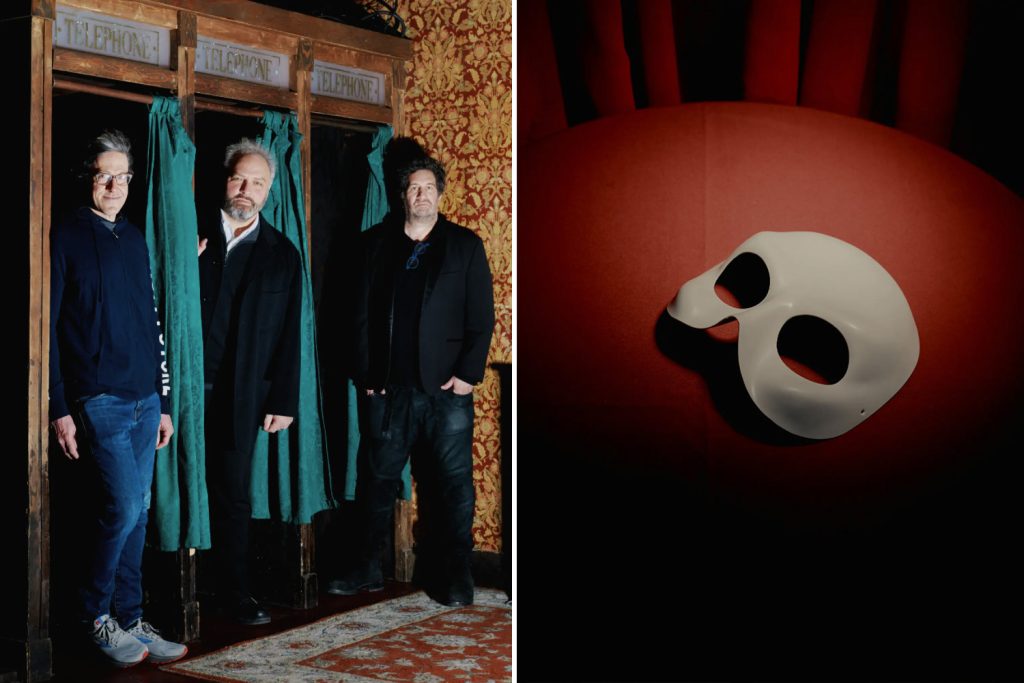
Humans have long sought meaningful connection. For two years, the frequency, intensity, and environment of our interactions have been upended. Denied those familiar patterns, our longing for connection heightened. We’ve craved fulfilling exchanges. We needed them to be rich and nourishing, so that the act of metabolizing could be a lingering affair; a piece of taffy to stretch and fold into itself over and over again, revisiting both the tension and the swing.
With the erratic, stuttered suspension of in-person theatrical productions, many experiential creators pivoted to or expanded remote offerings. These shows deployed fresh tactics and deeper levels of participation and co-creation.
Stepping aside from other debates during this singular time — what is digital theatre?; we shouldn’t make it; actually, we should; but its future is questionable — there’s an opportunity to evaluate how pandemic-era digital theatre, specifically audio-centric formats, has shepherded audiences into new realms of interactivity and shared creation. How do these innovative works by independent artists, buttressed by their speed and flexibility, signal shifting needs and expectations for experiential design?
Remote shows hosted on platforms such as Zoom fostered unique intimacy (and, at times, unique fatigue). In addition to increased accessibility and opportunities to “travel” to different parts of the globe, video conferencing technology created a two-way theatrical portal.
Audiences’ private spaces became part of the set; illuminated within the proscenium of our computer screens, we no longer sat silent and passive in the shadows. Without the standard rituals of a pre-show dinner, disrobing at the coat check, and post-show chatter, productions extended the magic circle to include personalization, participation, and co-creation before, during, and after the core performative experience.
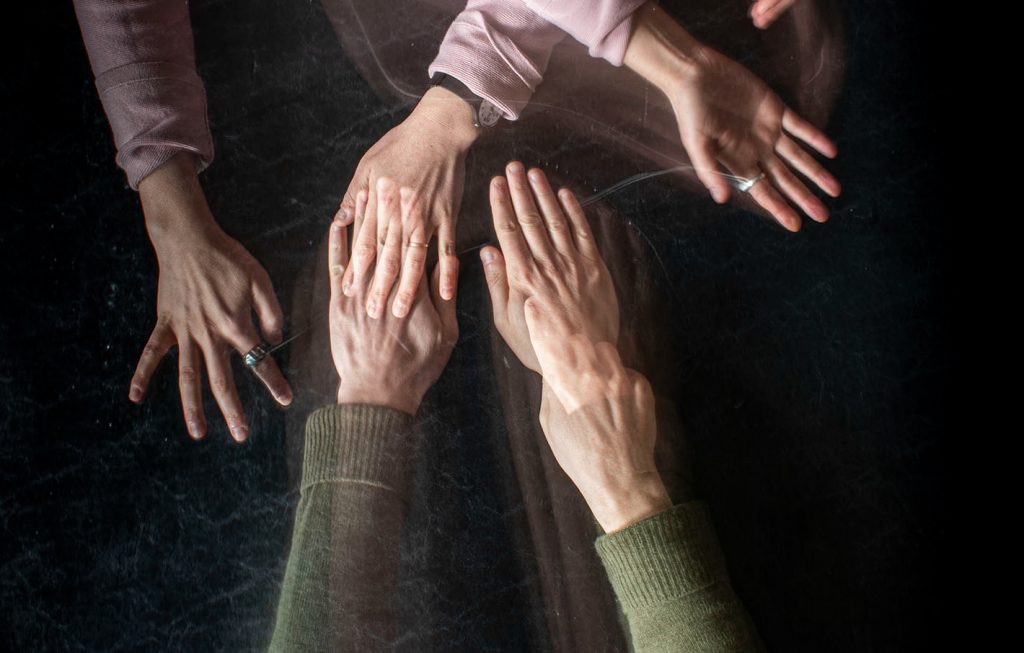
This both awarded and demanded more from audiences. Co-founder of the experimental theatre company 600 Highwaymen, Abigail Browde is a co-creator of A Thousand Ways, a triptych of self-contained experiences, one phone-based and two in person. In referencing A Thousand Ways (Part One): A Phone Call, Browde remarked to the New York Times, “You, the audience member, have to bring your own theater, you have to bring your own chair and you have to bring your own life.” As such, audiences became part of the story in (sometimes deeply) personal ways.
Like A Phone Call, a number of remote productions chose an audio-centric format. Browde describes video as generally “not as vulnerable of a space.” Instead, phone calls become an empathetic conduit for “hear[ing] the moment when someone’s voice cracks, or the moment when they pause, even, and don’t say anything at all.”
Compared to screen-based shows, audio-only intimacy is accompanied by a limitless quality, a dreamscape of possibility. Absent the sensations of a physically or visually immersive environment, these experiences seem to dismantle scaffolding of the self; the body’s boundaries fade and imagination mushrooms.
The framework of A Thousand Ways facilitates these sensations and qualities of engagement. All three parts include a guided structure, but are fundamentally driven by participants.
In A Phone Call, two strangers dial in at their appointed time and are connected on the call. An automated voice serves as an intermediary, asking each participant a series of pointed questions; some allow only for a “yes” or “no” answer while other questions seek detailed responses. Although participant names are not revealed, descriptions of tattoos, first loves, and tactile memories are invoked in this verbal volley.
In my own experience with A Phone Call, this intimacy generated a sense of feeling connected to someone else (my fellow participant) and a reconnection to myself through disconnection from myself. As I answered the guided prompts, I heard an incomplete idea of who I was, which generated a snapshot of who I could be.
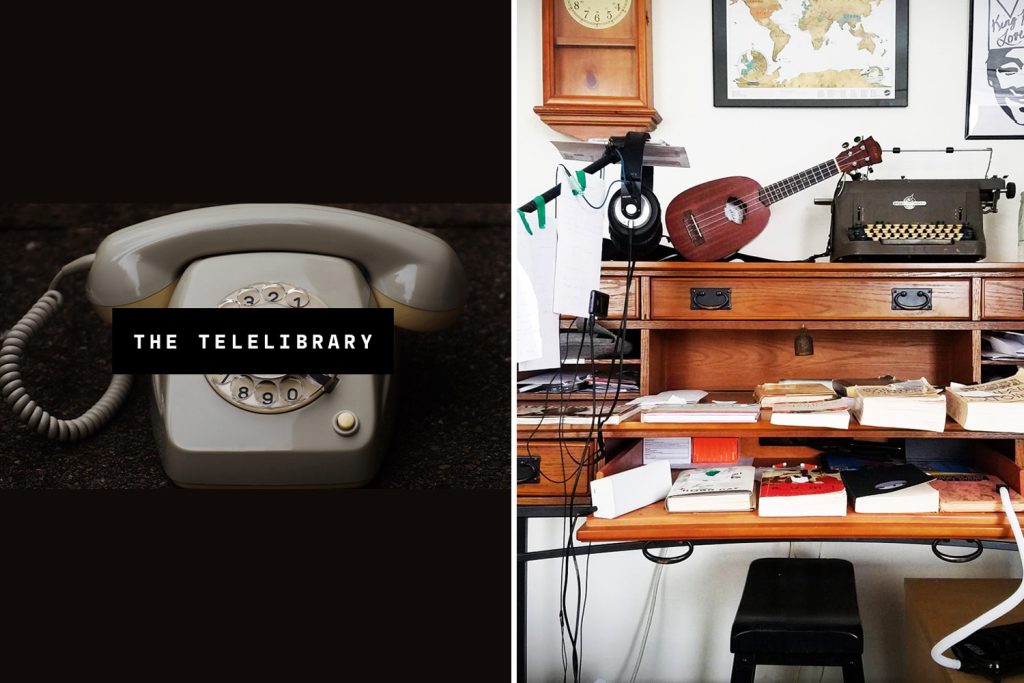
Because of the show’s parameters, I couldn’t clarify my statements later on or sneak in extra commentary (at least not without violating the shared agreement between participants). Through our responses, the other participant and I had a fragmented, imperfect mental collage of each other. This was liberating. It facilitated out-of-body moments and a chance to view myself from the other person’s perspective; I felt protected and free at the same time.
This particular pairing, between me and that participant on that particular day and time, was an unreproducible event; had I repeated the process with a different participant, the responses — certainly the second person’s and possibly also mine — would have varied. So while we did create a novel exchange and, in a sense, crafted our own story, we didn’t shift the show’s actual structure. In contrast, some iterative forms of co-creation, with participants shaping the show’s progression, induced a different type of pandemic-era intimacy and empathy.
Many participatory theatrical productions operate on set tracks and while moments of interaction with performers imbue a sense of affinity and discovery for participants, they don’t directly affect the show’s mainframe. Productions such as The Telelibrary, however, are contingent on participants’ contributions.
Another phone-based show, The Telelibrary is a one-on-one interactive experience with a live performer. Anchored by the familiar architecture of a phone tree, the experience also operates as a kind of neural network: from the onset, creator and performer Yannick Trapman-O’Brien chose to integrate audience ideas and requests into the show’s DNA, which incrementally transforms its environment, known as the “System.” The result is a fluid, dynamic world, with its metamorphosis actively driven by participants (referred to as System “Users”).
Trapman-O’Brien said it best: “I think of [The Telelibrary] as a puppetry piece, right? When it’s good, it’s a really wonderful, engaging puppetry piece and the strings disappear and you’re interacting with the System. When it’s great, it’s a magic show, because the strings disappear and then the puppet does something that both is impossible for your conception of what the puppet is, but also seems impossible for what your conception of the puppeteer is. And the reason that magic is possible is the iteration.”
This took a known kind of experiential alchemy and propelled it forward. Moving beyond the agency of a sandbox format, it challenged the standard storytelling agreement between creator and audience. The experience inherently becomes about reshaping the System while engaging with the System. So how does that alter the contract between Users and the System?
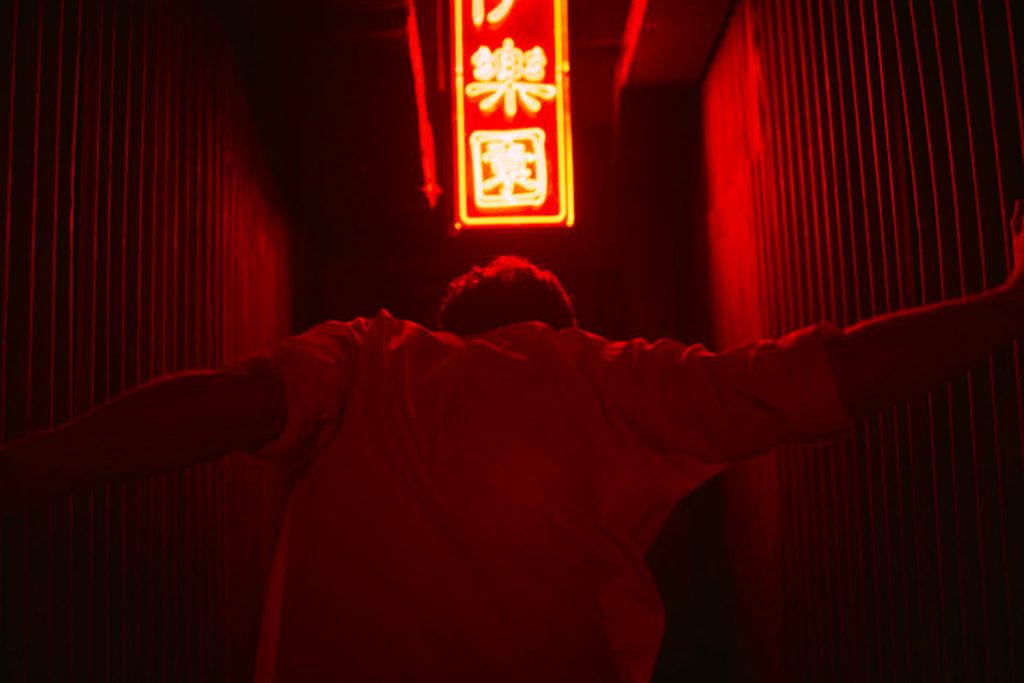
Trapman-O’Brien is careful in his approach by affirming behavior and staying out of the User’s way. He listens to each User’s energy and works to mirror that, while keeping the User in control. Early on, he noticed opportunities to orchestrate what he believed to be elegant emotional arcs, based on Users’ selection choices and his extensive knowledge of The Telelibrary world; he could see potential connections that might resonate with the User.
But rather than steer them, he realized “my job is not to know you better than you know yourself. My job is to convince you that this System is here for you to use as you like. […] It is a piece that is co-made between two people… [but] there’s no one there but you. You name the System. The device is you. You are the agent maneuvering it. I hope, and this I think lands unconsciously if not sometimes consciously, [the feeling] is I moved myself today. [My role is] not just about being a maker as much as it is also being a facilitator.”
Because of The Telelibrary’s continuous iteration based on input from its Users, subsequent visits produce a comforting sense of familiarity coupled with an exciting exploration of unknown frontiers. Without physical limitations, digital experiences offer wider possibilities for how far iterations, and their effects, can go.
Two examples of this are community ecosystems and audience engagement. Remote experiences opened up geographical markets and audience bases for many creators. Barriers to entry, due to physical disabilities and logistical and economic hurdles, were reduced. As pathways for communities evolved, so did audience interaction.
For The Telelibrary, a coalition of Users pooled their imagination and their resources (System “credits”) to hack the System in ways that no single User could do alone. Similar to some ARGs (Alternate Reality Games), this created a nested experience within the show in which these Users’ relationships with each other simultaneously impacted their individual experiences of the show and the show’s functional constructs.
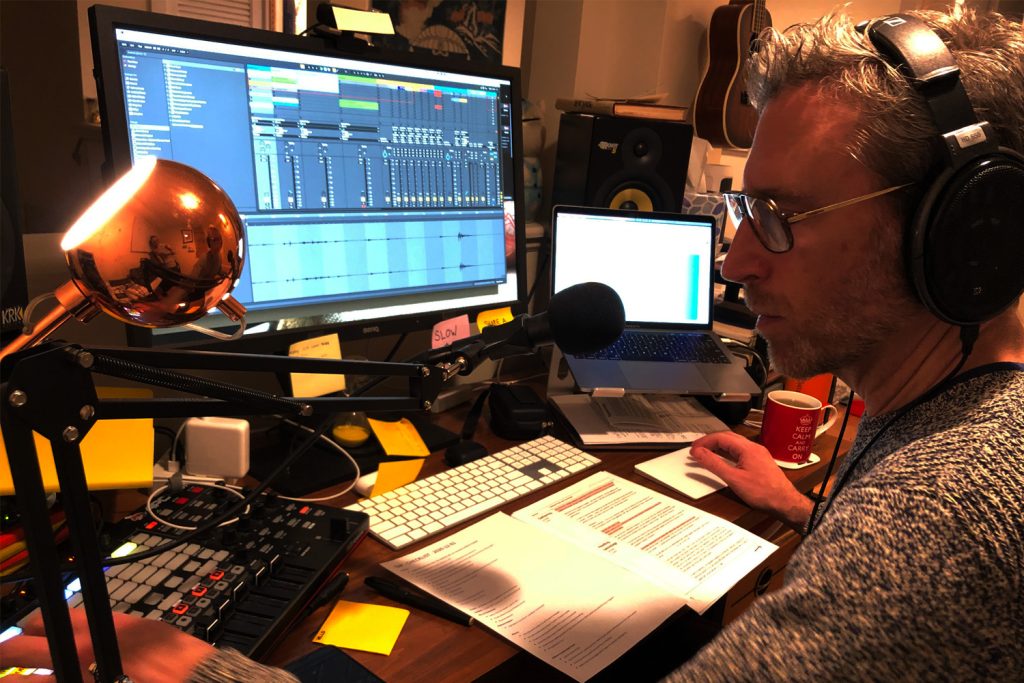
When physically immersive events reopen consistently and en masse, how will they alter or integrate these themes compared to pre-pandemic versions? Will digital experiences increasingly leverage co-creation and personalization to a degree unmatched by in-person shows?
The recent, Covid-inflicted redesign of Sleep No More suspended one-on-one exchanges and some are already proclaiming this change to be a benefit rather than a detraction. The inherent pressure to jockey for individualized attention was eliminated and in its absence arose deeper immersion through an amplified feeling of presence.
Anonymity becomes another key component in this equation. In mime, the process of applying whiteface is referred to as “shoeing the mask.” On its own, whiteface flattens features, nullifying those individual characteristics that make us special and disparate. Similarly, the surreal and beak-like, pre-pandemic masks of Sleep No More neutralized the audience, turning them into silent, homogenized flocks. Even in close proximity to a performer, audience members seemed to recede into the show’s landscape, rendered into an atmospheric background. Imbued with this unique invisibility, audiences simultaneously became participants and voyeurs.
With digital theatre, anonymity can venture even further. A remote experience, The Adjacent Possible conjoins audience members into an orchestra by way of music, storytelling, technology, and a singular, improvisational performance. Co-creator Joshua Michéle Ross distilled down the reasoning for his approach (which partially overlaps with Browde’s for A Phone Call): “Art often seeks the emphatic and the exceptional. So in a time of ubiquitous Zoom the notion of turning to sound as our primary sense felt right.”
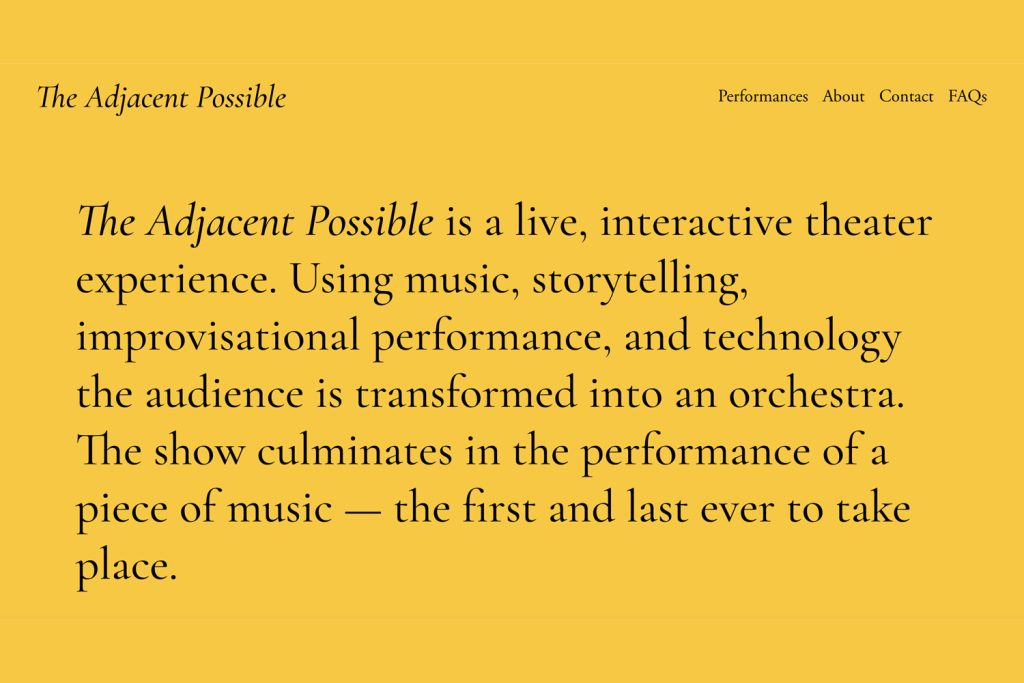
While A Phone Call was semi-anonymous (no video, no names), personal details were revealed: I knew where my fellow participant was calling in from; I learned about their family, moments from their childhood, adolescence, and adulthood; I heard their voice, their laugh, beats of hesitation, and their distinctive vocal cadence.
The Adjacent Possible, however, is fully anonymous. Beyond the sounds of their non-traditional, electronic instruments, I received no sensory input from the other participants. In theory, this tactic could seem to distance audience members or dilute intimacy between them. In actuality, it was transformative.
Ross explains: “The constraints of remote experiences led to what I am calling ‘anonymous intimacy.’ That is, you are indeed interacting with others and you can see their actions through the instruments they are playing, but none of the normal identity clues are available: no names or faces. This turned out to be core to the remote piece’s success. It creates psychological safety in a creative environment. […] I believe that [The Adjacent Possible’s] ability to create a performance space that is communal, but not public, is at the root of what allows people to play freely, [and to] feel vulnerable and connected.”
Psychological safety is most often explored around issues of physical safety, accessibility, and consent, all of which are vital. But what about psychological safety as it relates to co-creation; when and how do we, as participants in experiential productions, feel most empowered to contribute as our full, authentic selves?
Although digital and remote productions may be more immediately poised to incorporate anonymous intimacy as a design tenet and value-add, there are opportunities for in-person, physical experiences to look beyond elements such as masks and further explore the specific psychological safety that anonymous intimacy cultivates.
The Adjacent Possible will eventually offer more insight. The production first began as an in-person experience and then, after just two performances, closed due to the pandemic. Rather than forcing the show’s in-person framework into a digital space, its creators integrated the limitations the pandemic presented and utilized those limitations to create psychological safety through anonymous intimacy.
And now, equipped with feedback and discernment from the digital iteration, Ross, Brick and Lucas are in the process of again staging The Adjacent Possible as a physical event. The (second) in-person version is undergoing its own transformation with a focus on the poignant effects generated by the remote experience.
Currently there is a visceral, understandable desire to “return” to our pre-pandemic lives. During this time, we’ve seen remarkable resilience and innovation by experiential creators. My invocation to the experiential arts in general and for immersive theatre specifically is to support each other in releasing ourselves from our pre-pandemic expectations and limitations.
It’s true that we’ve arrived at this crossroads through immense heartbreak and hardship. And now, we have a chance to continue what we started — what wasn’t ours by choice, at least initially.
We can choose to keep building on what we’ve learned in the past two years; to absolve ourselves of an overarching need to categorize or to insulate; to follow the passageways of inclusive curiosity; and to seek out compassionate connection at new intersections. The pandemic pushed us off the standard trails for participatory theatre and, creatively, we carved new “desire paths.” Let’s keep taking them, together.
To get more insights from experts in the Experience Economy – and to be the first to know about our membership programme, events and more – apply to join the WXO community now.

